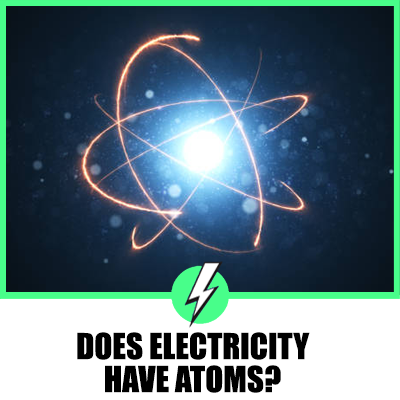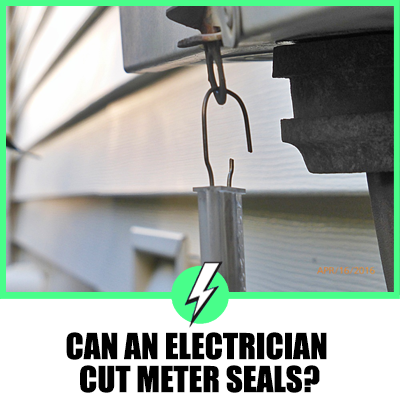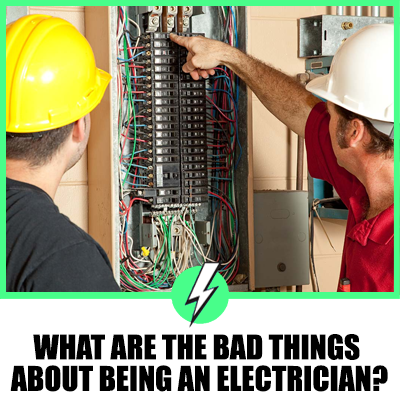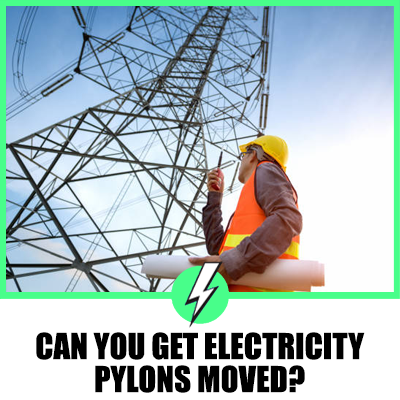Does Electricity Have Atoms?
Electricity is a fundamental part of our daily lives.
It powers everything from our homes to our industries.
But have you ever stopped to wonder what electricity is made of?
Does it contain atoms?
If so, what kind?
This article aims to answer these questions and more.

Contents
Is There Atom in Electricity?
To understand electricity, we must delve into the heart of matter – the atom.
All matter, including the sources we use to generate electricity, is made up of atoms.
These atoms consist of smaller particles – protons, neutrons, and electrons.
The nucleus of the atom contains the neutrons and protons, while the electrons spin around the nucleus.
When electrons move from one atom to another, a current of electricity is created.
In a piece of wire, for instance, electrons are passed from atom to atom, creating an electric current from one end to the other.
So, in a way, electricity does involve atoms, but it is the movement of electrons between atoms that we refer to as electricity.
What Atoms are Used to Make Electricity?
Electricity is generated from the conversion of primary sources of energy like coal, natural gas, oil, nuclear power, hydropower, and other natural resources.
These resources are made up of various types of atoms.
For example, coal and oil are primarily composed of carbon atoms, while natural gas is mostly made up of methane, a molecule composed of one carbon atom and four hydrogen atoms.
However, it’s important to note that it’s not the type of atom that matters when it comes to generating electricity, but rather the energy that can be released from these atoms or their electrons.
Is Electricity Only Made of Electrons?
While it’s true that the flow of electrons is what we refer to as electricity, it’s not accurate to say that electricity is only made of electrons.
The process of generating electricity involves a lot more than just electrons.
It involves the conversion of energy from various sources (like those mentioned above) into electrical energy.
This process often involves complex machinery and various physical and chemical processes.
Does Electricity Have Elements?
Electricity itself doesn’t contain elements.
However, the sources used to generate electricity do.
As mentioned earlier, these sources can include elements like carbon in coal and oil, or uranium in nuclear power.
The process of generating electricity involves transforming the energy stored in these elements into electrical energy.
The Nature of Atoms and Electricity
Atoms are so small that they cannot be seen with the naked eye.
They are made up of even smaller particles called protons, neutrons, and electrons.
The protons and neutrons form the nucleus of the atom, while the electrons move around the nucleus much like how the planets revolve around the sun.
Protons and electrons are electrical in nature.
An electron is a negative particle of electricity, while a proton is a positive particle of electricity.
Neutrons have no charge.
For the most part, an atom has an equal number of electrons and protons.
Their electrical charges cancel, and the atom has no electrical charge.
This is a neutral atom.
Sometimes, electrons are far from the nucleus and not held very tightly by the protons.
When this is the case, the electrons may be “knocked off.”
The rubbing of two materials together causes some electrons to be torn away from one object and adhere to another.
Losing an electron causes the atom to have a net positive (+) charge.
This atom is then called a positive ion.
If the electron attaches itself to a normal atom, the atom then has a net negative (-) charge and is called a negative ion.
When an object has more or fewer electrons than normal, it has static electricity and is considered electrically “charged.”
Insights from Online Discussions
From the discussions on various online platforms, it’s clear that there’s a lot of interest in the topic of electricity and its composition.
Many people are curious about the role of atoms and electrons in electricity.
There’s also a lot of discussion about renewable energy sources and how they can be used to generate electricity.
This reflects a growing interest in sustainable and environmentally friendly energy sources.





